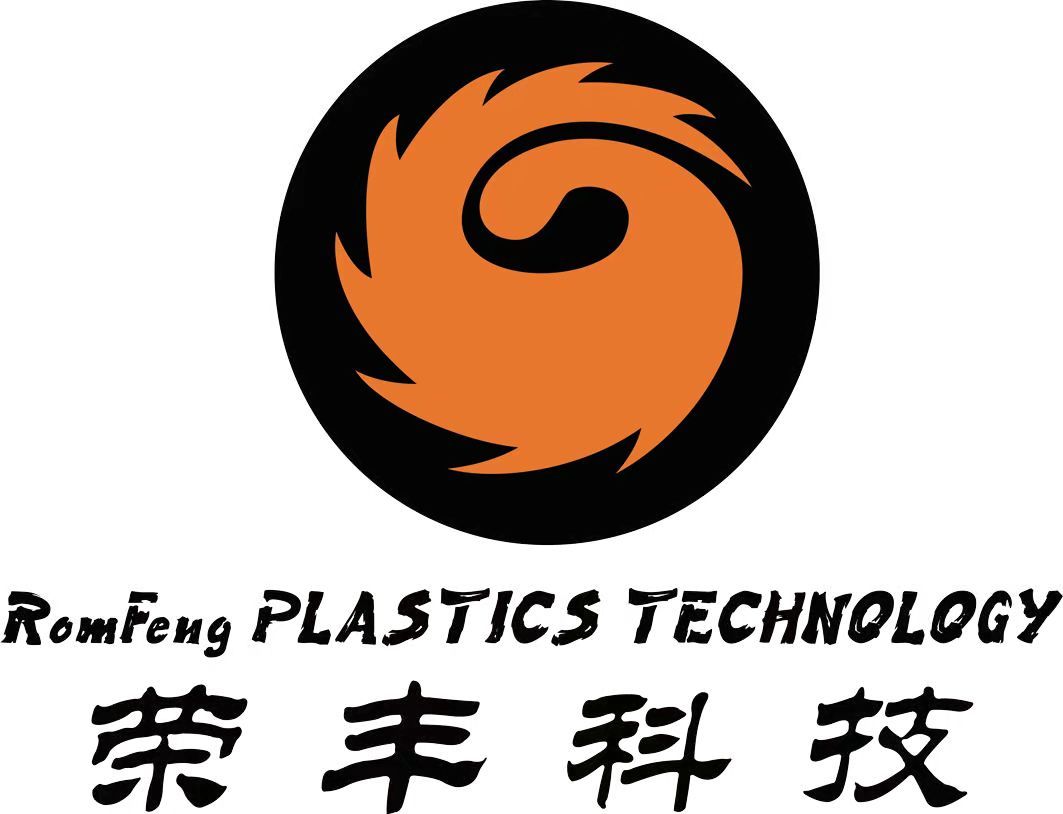Illuminating Innovation: Understanding Glow-in-the-Dark Additives in Plastics
Release time:
2025-07-01 11:40
Source:
Glow-in-the-dark additives are specialized materials that enable products to emit light after being exposed to a light source. These additives are commonly utilized in various applications, especially in the field of plastics and plastic modification. Often referred to as phosphorescent materials, glow-in-the-dark additives absorb light energy and release it slowly, creating a luminous effect in the dark.
The most common type of glow-in-the-dark additive is based on strontium aluminate, which is known for its superior brightness and longevity compared to traditional zinc sulfide-based materials. Strontium aluminate can absorb and store light energy more efficiently, leading to a prolonged glow effect, making it suitable for a wide range of applications in the chemical and plastic industries.
In the realm of modified plastics, glow-in-the-dark additives offer unique benefits in product design and functionality. For instance, they can enhance safety features in consumer products by providing visibility in low-light conditions. Items such as emergency signage, toys, and outdoor equipment often integrate these additives to ensure visibility and safety. In the automotive industry, glow-in-the-dark materials can be used in dashboard indicators or external features, enhancing user experience and functionality.
The incorporation of glow-in-the-dark additives into plastics also opens up creative possibilities in design and marketing. Products can be made more visually appealing by incorporating luminous elements, allowing for unique branding opportunities. This aesthetic appeal, combined with practical benefits, makes glow-in-the-dark additives highly desirable in various product lines.
From a technical standpoint, when using glow-in-the-dark additives, it is essential to consider the compatibility of the additive with the base plastic material. The processing conditions, such as temperature and mixing times, play a critical role in ensuring uniform dispersion of the additive throughout the plastic matrix. Proper formulation is crucial to achieving optimal glow performance without compromising the mechanical properties of the plastic.
In conclusion, glow-in-the-dark additives are an innovative solution in the field of modified plastics, offering both functional and aesthetic benefits. Their ability to enhance product visibility and appeal can significantly impact consumer perception and safety. As industries continue to seek novel ways to improve their products, glow-in-the-dark additives will undoubtedly play a pivotal role in shaping the future of plastic applications. Understanding these materials and their potential can lead to more innovative designs and solutions across various sectors.
The most common type of glow-in-the-dark additive is based on strontium aluminate, which is known for its superior brightness and longevity compared to traditional zinc sulfide-based materials. Strontium aluminate can absorb and store light energy more efficiently, leading to a prolonged glow effect, making it suitable for a wide range of applications in the chemical and plastic industries.
In the realm of modified plastics, glow-in-the-dark additives offer unique benefits in product design and functionality. For instance, they can enhance safety features in consumer products by providing visibility in low-light conditions. Items such as emergency signage, toys, and outdoor equipment often integrate these additives to ensure visibility and safety. In the automotive industry, glow-in-the-dark materials can be used in dashboard indicators or external features, enhancing user experience and functionality.
The incorporation of glow-in-the-dark additives into plastics also opens up creative possibilities in design and marketing. Products can be made more visually appealing by incorporating luminous elements, allowing for unique branding opportunities. This aesthetic appeal, combined with practical benefits, makes glow-in-the-dark additives highly desirable in various product lines.
From a technical standpoint, when using glow-in-the-dark additives, it is essential to consider the compatibility of the additive with the base plastic material. The processing conditions, such as temperature and mixing times, play a critical role in ensuring uniform dispersion of the additive throughout the plastic matrix. Proper formulation is crucial to achieving optimal glow performance without compromising the mechanical properties of the plastic.
In conclusion, glow-in-the-dark additives are an innovative solution in the field of modified plastics, offering both functional and aesthetic benefits. Their ability to enhance product visibility and appeal can significantly impact consumer perception and safety. As industries continue to seek novel ways to improve their products, glow-in-the-dark additives will undoubtedly play a pivotal role in shaping the future of plastic applications. Understanding these materials and their potential can lead to more innovative designs and solutions across various sectors.
Glow-in-dark Additives
Pre







